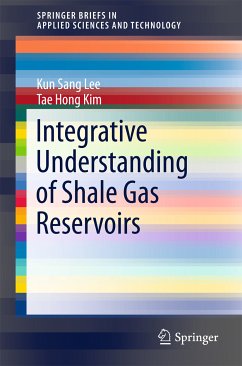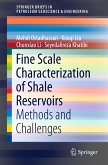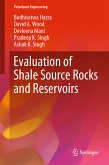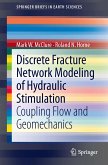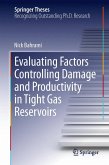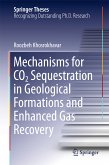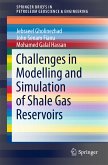Taking these complex features of shale reservoirs into account, the authors develop a numerical model, which is verified with field data using the history matching technique. Based on this model, the pressure transient and production characteristics of a fractured horizontal well in a shale gas reservoir are analysed with respect to reservoir and fracture properties. Methods for the estimation of shale properties are also detailed. Minifrac tests, rate transient tests (RTA), and type curve matching are used to estimate the initial pressure, permeability, and fracture half-length. Lastly, future technologies such as the technique of injecting CO2 into shale reservoirs are presented.
The book will be of interest to industrial practitioners, as well as to academics and graduate students in the field of reservoir engineering.
Dieser Download kann aus rechtlichen Gründen nur mit Rechnungsadresse in A, B, BG, CY, CZ, D, DK, EW, E, FIN, F, GR, HR, H, IRL, I, LT, L, LR, M, NL, PL, P, R, S, SLO, SK ausgeliefert werden.

